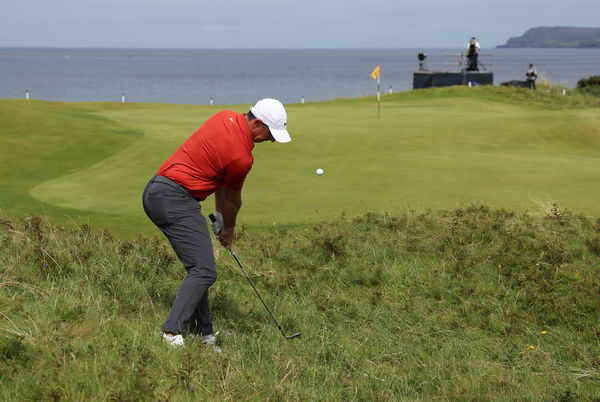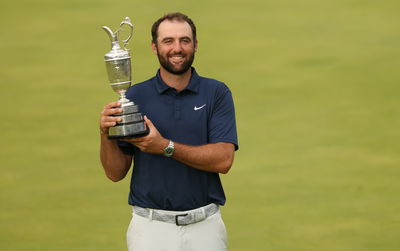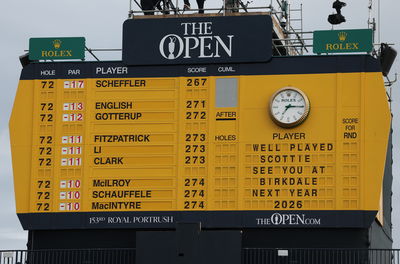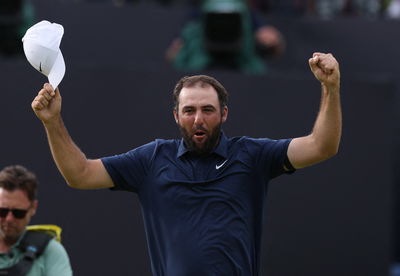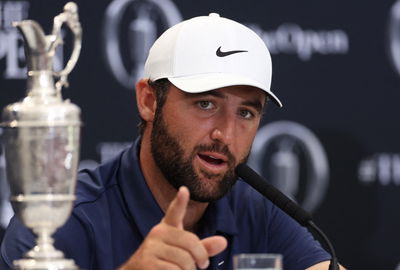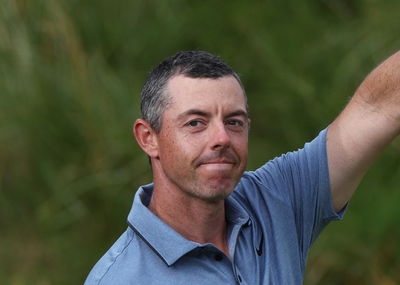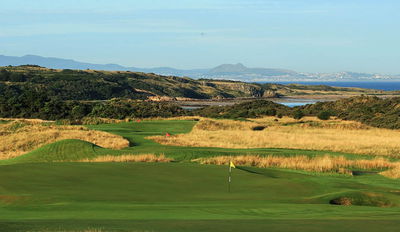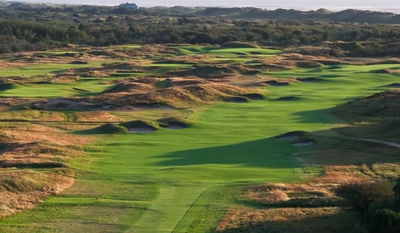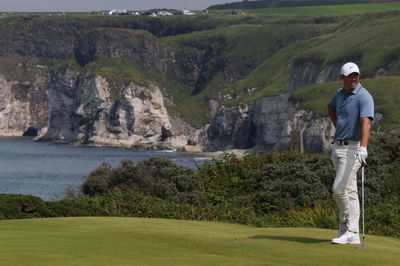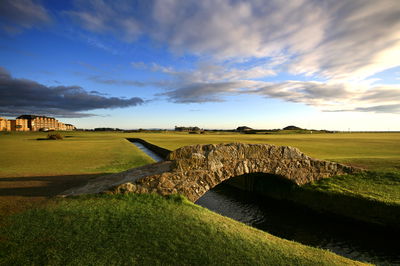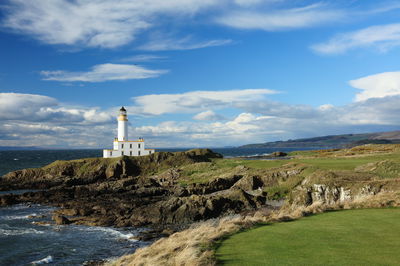Muirfield Course Review
GolfMagic reviews magical Muirfield in Scotland, home to 16 Open Championships.
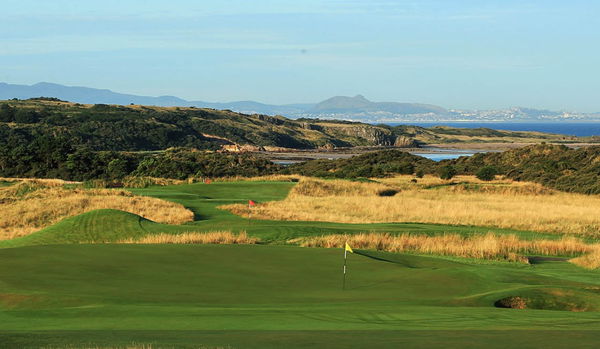
Muirfield Fact File:
- Location: Muirfield is 20 miles north east of Edinburgh and the jewel in the East Lothian golfing crown
- Year Established: In 1891 the Honourable Company of Edinburgh Golfers moved to its present site and it held the first four-round Open the following year
- Par: 71
- Length (yards): 7,192
- Green Fees (weekdays): £395
- Signature Hole: The par-5 17th is maybe one of the more iconic holes and a deciding factor in many an Open
- Website: muirfield.org.uk
If we were to go back to 1744, the Honourable Company of Edinburgh Golfers wrote the original 13 Rules of Golf. Fast forward to 1891 and the club built a new, private 18-hole course at Muirfield, designed by Old Tom Morris, and Musselburgh would lose the hosting of The Open.
The following year Muirfield held the first of its 16 Opens and the Amateur Championship would follow five years later. The course that we see today more reflects the changes made by Harry Colt and Tom Simpson in 1928.
The champions at Muirfield really are something else; Hilton (a), Vardon, Braid (2), Ray, Hagen, Perry, Cotton, Player, Nicklaus, Trevino, Watson, Faldo (2), Els and Mickelson.
Tiger Woods came here looking to complete leg three of the Grand Slam in 2002 and got blown and washed away with an 81 – what's less remembered is the 65 the next day.
The club's stance on women members has seen them drop off the rota but the Women's Open has since visited this corner of East Lothian and, when the Scottish Open contract with its neighbour Renaissance expires in 2026, we can expect Muirfield to get back on the roster and The Open will be all the better for it.
Jack Nicklaus, who won the first of his three Claret Jugs, has described here as the best course in Britain, hence why Muirfield Village (host venue of his Memorial Tournament on the PGA Tour) was given its name.
Muirfield is a brilliant test of golf that continues to challenge with the way the land moves.
Muirfield Course Review
This is the key part to understanding Muirfield. The two nines run in concentric circles with the front nine occupying the outer one and runs clockwise while the back nine sits inside it and runs anti-clockwise. Therefore the wind is constantly changing and there are all manner of shots that are needed to be played.
Woods might not have won here but, if anyone appreciates a world-class test of golf, then it's the three-time Open champion: "You have to hit the ball well here. You have to be able to shape your shots. Look at the list of past champions. The number of Hall of Famers that there are who have won here. You can't just hit one way. You have to really control the shots. Because you're not playing, like you are at St. Andrews out and back or Troon. You're playing almost in kind of a circle because you've got so many different angles and so many different winds, you have to be able to manoeuvre the ball both ways."
Faldo was a great fit for Muirfield, not the longest by any means or with the highest ball flight but his ability to move the ball this way and that was something else.

Some will strangely suggest that Muirfield is a bit boring, much like Carnoustie or Troon might be, it doesn't feature a run of holes by the sea and there are no towering dunes but, in many ways, it's almost perfect. Faldo's round of 18 pars, in some grim conditions in 1987, was a genuine thing of beauty.
Other than the 11th, a shortish par 4 that takes you to some higher ground, everything is there for you to see it. There are two par 5 and 3s on the front side and the par coming home is 35.
While the front nine is strong, concluding with a brilliant par 5 back towards the clubhouse, everything moves up a level from the uphill short 13th.
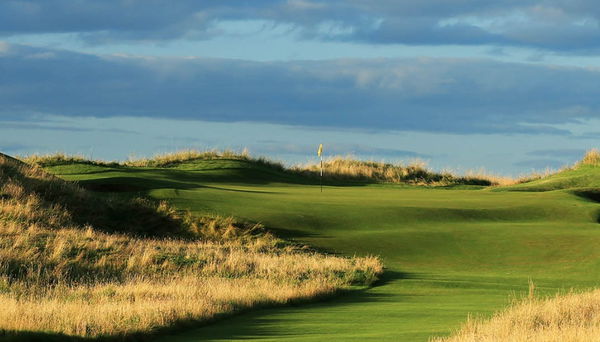
Then we have back-to-back par 4s that are as solid as anything in the game, a par 3 where there is only half the green to aim at and a dogleg par 5 that Phil Mickelson would love to take home and which played a big part in finishing Tony Jacklin off. Then we have something that we can't often say about many of the Open's courses; a classic finishing hole where a par 4 really has to be earned. Faldo's long irons in here have made this hole as famous as it deserves to be and, while it rarely plays a part, the island green inside the bunker to the right of 18 is a nice visual touch.
Muirfield is as fair as anywhere, shots won't gather towards the 150 or so bunkers but, if you do find them, then they are a genuine hazard and you won't be advancing your ball very far at all.
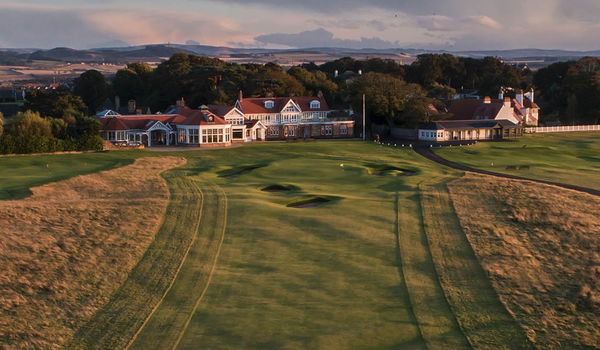
Final Verdict
While it's not the easiest to get yourself through the famous and understated entry gate, when you are in it's truly magical.
This might not necessarily help your scoring but try, if possible, to take advantage of the lunch beforehand. Like the course, it's spectacularly good. As is the rest of the clubhouse, there is a real sense that you are somewhere very important to the game and you'll want to spend as long as possible here before and after your round. The 2nd and 3rd always sit in my mind as being brilliant par 4s, the former for the green complex and the latter for the approach, while all the short holes are exceptional and often on plateaus where only a straight shot will finish up with a birdie putt. Find the sand and a bogey might be a decent score.
Again, a few will be underwhelmed by Muirfield due to the perceived lack of wow factor. A better question would be to name a poor hole? The closing six holes are maybe the best run for home anywhere on the rota and, if the draw is fair, the best player over the course of the week will be at the top of the leaderboard.
Interestingly Mickelson always earmarked Muirfield and Troon as representing his best Open chances due to the way the land flowed. Shortly after he won the Claret Jug and then ran Henrik Stenson so close three years later.
Rating: 5 out of 5 stars ⭐️⭐️⭐️⭐️⭐️
For more information, please visit the club's website here

